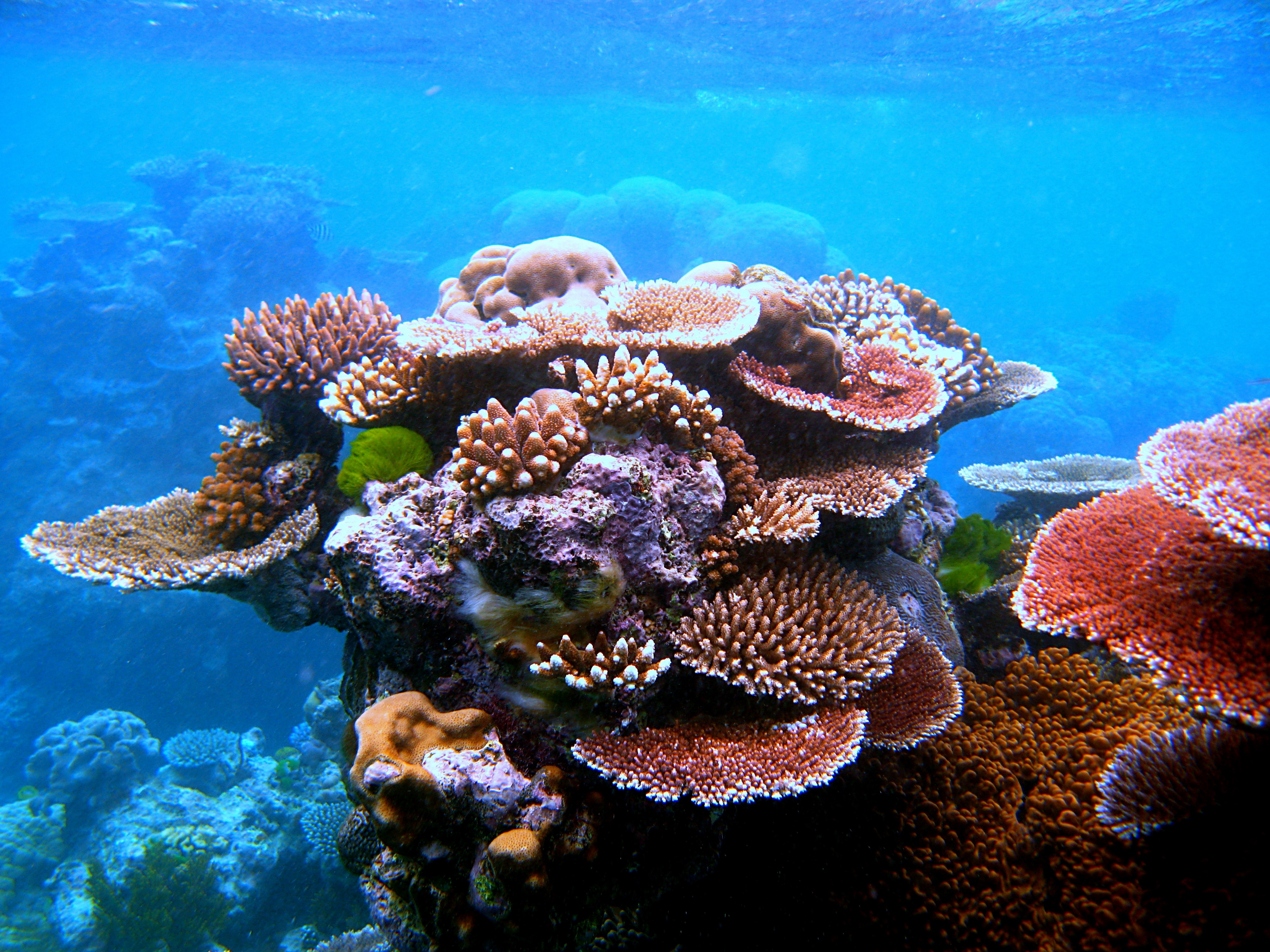|
Lobophytum Pauciflorum
''Lobophytum pauciflorum'' is a species of soft coral in the family Alcyoniidae and the genus ''Lobophytum ''Lobophytum'' is a genus of soft corals commonly known as devil's hand corals or devil's hand leather corals. Habitat and range ''Lobophytum'' species can be found in shallow water throughout a wide area of the tropical Indo-Pacific. Species ....'' References Alcyoniidae Corals described in 1834 Taxa named by Christian Gottfried Ehrenberg {{Octocorallia-stub ... [...More Info...] [...Related Items...] OR: [Wikipedia] [Google] [Baidu] |
Christian Gottfried Ehrenberg
Christian Gottfried Ehrenberg (19 April 1795 – 27 June 1876) was a German naturalist, zoologist, comparative anatomist, geologist, and microscopist. Ehrenberg was an evangelist and was considered to be of the most famous and productive scientists of his time. Early collections The son of a judge, Christian Gottfried Ehrenberg was born in Delitzsch, near Leipzig. He first studied theology at the University of Leipzig, then medicine and natural sciences in Berlin and became a friend of the famous explorer Alexander von Humboldt. In 1818, he completed his doctoral dissertation on fungi, ''Sylvae mycologicae Berolinenses.'' In 1820–1825, on a scientific expedition to the Middle East with his friend Wilhelm Hemprich, he collected thousands of specimens of plants and animals. He investigated parts of Egypt, the Libyan Desert, the Nile valley and the northern coasts of the Red Sea, where he made a special study of the corals. Subsequently, parts of Syria, Ar ... [...More Info...] [...Related Items...] OR: [Wikipedia] [Google] [Baidu] |
Alcyoniidae
Alcyoniidae is a family of leathery or soft corals in the phylum Cnidaria.Leathery corals Wildsingapore.com (2010-02-28). Retrieved on 2013-09-17. Description A colony of leathery coral is stiff, hard and inflexible. It is composed of tiny polyps projecting from a shared leathery tissue. Members of the family may have two kinds of polyps; the autozooids have long trunks and eight tiny branched tentacles and project from the shared leathery tissue while the siphonozooids remain below the surface and pump water for the colony. They appear as tiny hollows or mounds among the taller autozooids. Different genera have different proportions of these two kinds of polyps. The autozooids only emerge when the colony is fully submerged.Distribution and habitat Leath ...[...More Info...] [...Related Items...] OR: [Wikipedia] [Google] [Baidu] |
Lobophytum
''Lobophytum'' is a genus of soft corals commonly known as devil's hand corals or devil's hand leather corals. Habitat and range ''Lobophytum'' species can be found in shallow water throughout a wide area of the tropical Indo-Pacific. Species *'' Lobophytum altum'' Tixier-Durivault, 1956 *'' Lobophytum anomolum'' Li, 1984 *'' Lobophytum batarum'' Moser, 1919 *''Lobophytum borbonicum'' von Marenzeller, 1886 *'' Lobophytum caputospiculatum'' Li, 1984 *'' Lobophytum catalai'' Tixier-Durivault, 1957 *'' Lobophytum compactum'' Tixier-Durivault, 1956 *'' Lobophytum crassodigitum'' Li, 1984 *'' Lobophytum crassospiculatum'' (Moser, 1919) *'' Lobophytum crassum'' von Marenzeller, 1886 *'' Lobophytum crebliplicatum'' von Marenzeller, 1886 *'' Lobophytum cristagalli'' von Marenzeller, 1886 *'' Lobophytum cristatum'' Tixier-Durivault, 1970 *'' Lobophytum cryptocormum'' Verseveldt & Tursch, 1979 *'' Lobophytum delectum'' Tixier-Durivault, 1966 *'' Lobophytum densum'' Tixier-Durivault, 1970 ... [...More Info...] [...Related Items...] OR: [Wikipedia] [Google] [Baidu] |
Corals Described In 1834
Corals are marine invertebrates within the class Anthozoa of the phylum Cnidaria. They typically form compact colonies of many identical individual polyps. Coral species include the important reef builders that inhabit tropical oceans and secrete calcium carbonate to form a hard skeleton. A coral "group" is a colony of very many genetically identical polyps. Each polyp is a sac-like animal typically only a few millimeters in diameter and a few centimeters in height. A set of tentacles surround a central mouth opening. Each polyp excretes an exoskeleton near the base. Over many generations, the colony thus creates a skeleton characteristic of the species which can measure up to several meters in size. Individual colonies grow by asexual reproduction of polyps. Corals also breed sexually by spawning: polyps of the same species release gametes simultaneously overnight, often around a full moon. Fertilized eggs form planulae, a mobile early form of the coral polyp which, when mat ... [...More Info...] [...Related Items...] OR: [Wikipedia] [Google] [Baidu] |
_with_extended_polyps.jpg)
